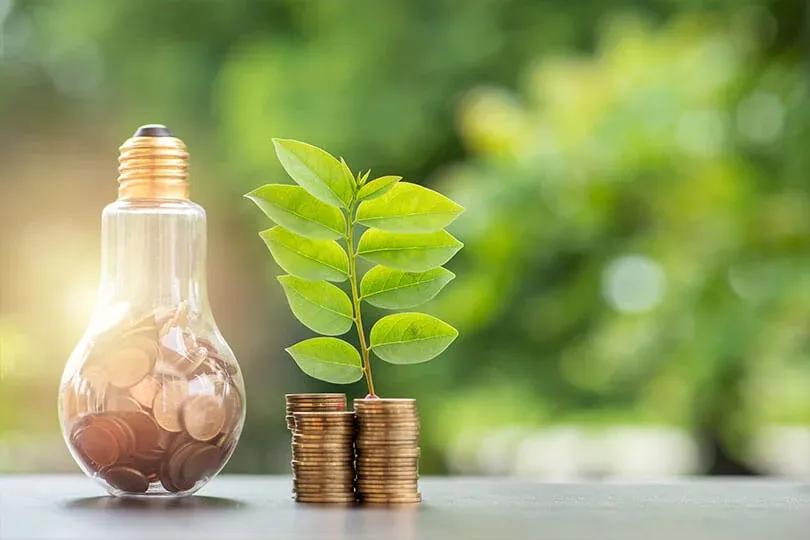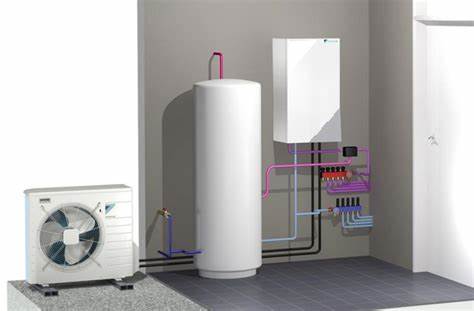Integration with other renewables
Renewables
Efficient Energy
Air Source Heat Pumps
Residential Wind Turbines
A mid-ranged domestic turbine of 5 kW can provide around 8,000 kWh to 9,000 kWh of energy per year under the right conditions. Smaller turbines of around 2 kW can have an electricity generation of up to 3,000 kWh.
Larger residential turbines have the potential to reach 15,000 kWh.
Some domestic turbines can reach over 15 kW however these tend to be much larger than those up to 10 kW. As a result, they are more suited to farms and large private estates.
EV Electric Vehicle Charge Points
If you have a 100% electric car (BEV) or a plug-in hybrid (PHEV), charging points allow you to charge your car’s battery.
There are various places you can do this, including:
- Home (assuming you have off street parking)
- Work
- Motorway service stations
- Petrol stations
- Certain streets and car parks
- ‘Destinations’ including hotels, sports centres, shopping centres, supermarkets, etc.
Charging points are also known as charging stations, car chargers, charge points, EV chargers, wall boxes, superchargers – the list goes on and on!





